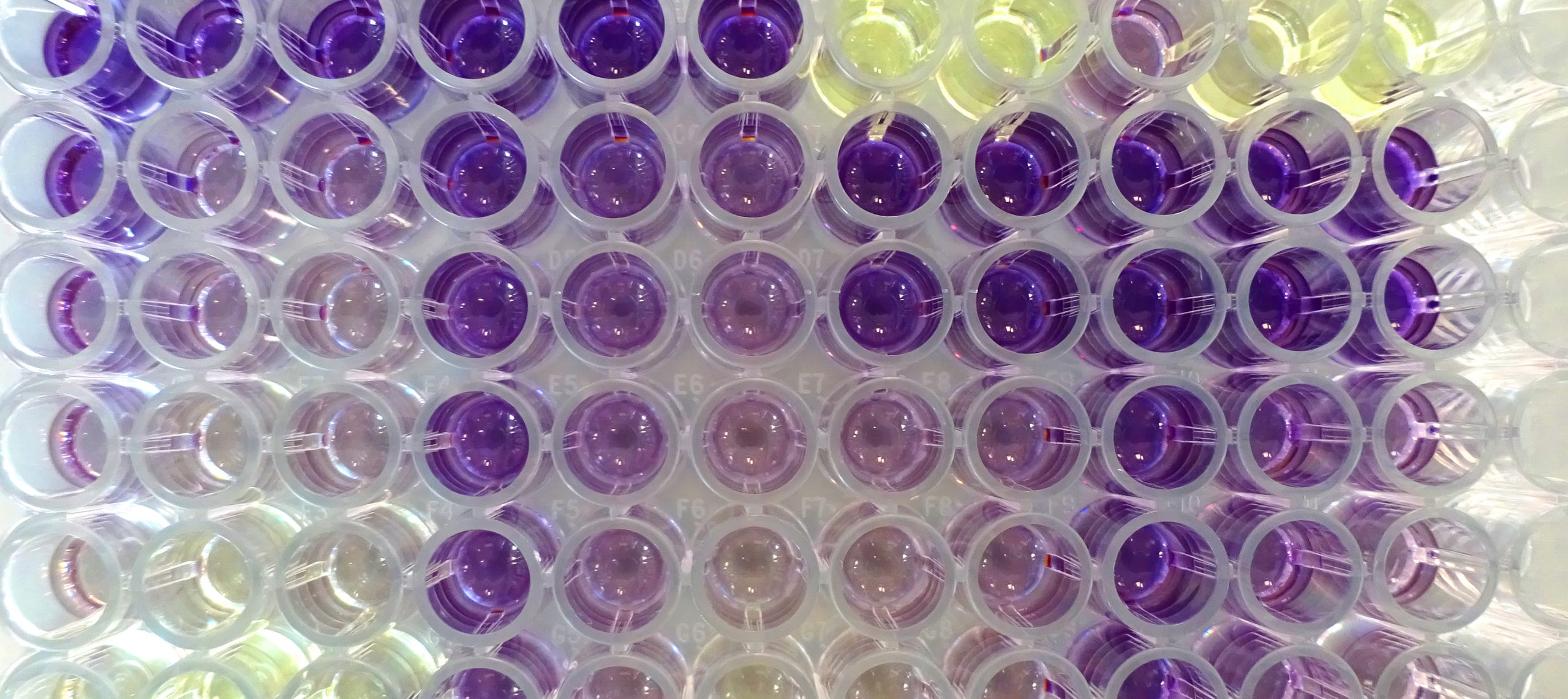For each of the process steps in the manufacture of an LBP, it is essential to have analytical methods to quantify the consequences that step has on the critical quality attributes of the Drug Product. For example, proper medium development requires the ability to analyze the main substates that are being consumed and the main metabolites that are excreted. Obviously substrate levels are important to accomodate growth, but excreted metabolites can also become important if these interfere with normal cellular metabolism like short chain fatty acids and the corresponding alcohols.
Commonly however, most LBP process development focusses almost exclusively on the Colony Forming Units (CFU) before and after lyophilization as the only critical quality attribute of the Drug Product. While in essence this approach can be sufficient to generate GMP Drug Product for a phase I clinical trial, the lack of knowledge around the critical quality attributes of the Drug Product that is administered to clinical trial subjects may adversely affect the outcome of the clinical trial.
For example, an in vitro CFU count of a reconstituted lyophilized Drug Product on an agar plate does not always reflect the situation in vivo, i.e. in the gastro-intestinal tract or airway passages. If a Drug Product after lyophilization has a survival percentage of 10% for example, chances are that the viable bacteria are not in good shape, i.e. while being able to grow on a rich agar plate, these may not be able to survive being released in the GI or respiratory tract where substrates are scarce and conditions are much harsher than on an agar plate.
In general the mantra ‘If you can’t measure it, you can’t optimize it’ applies!
